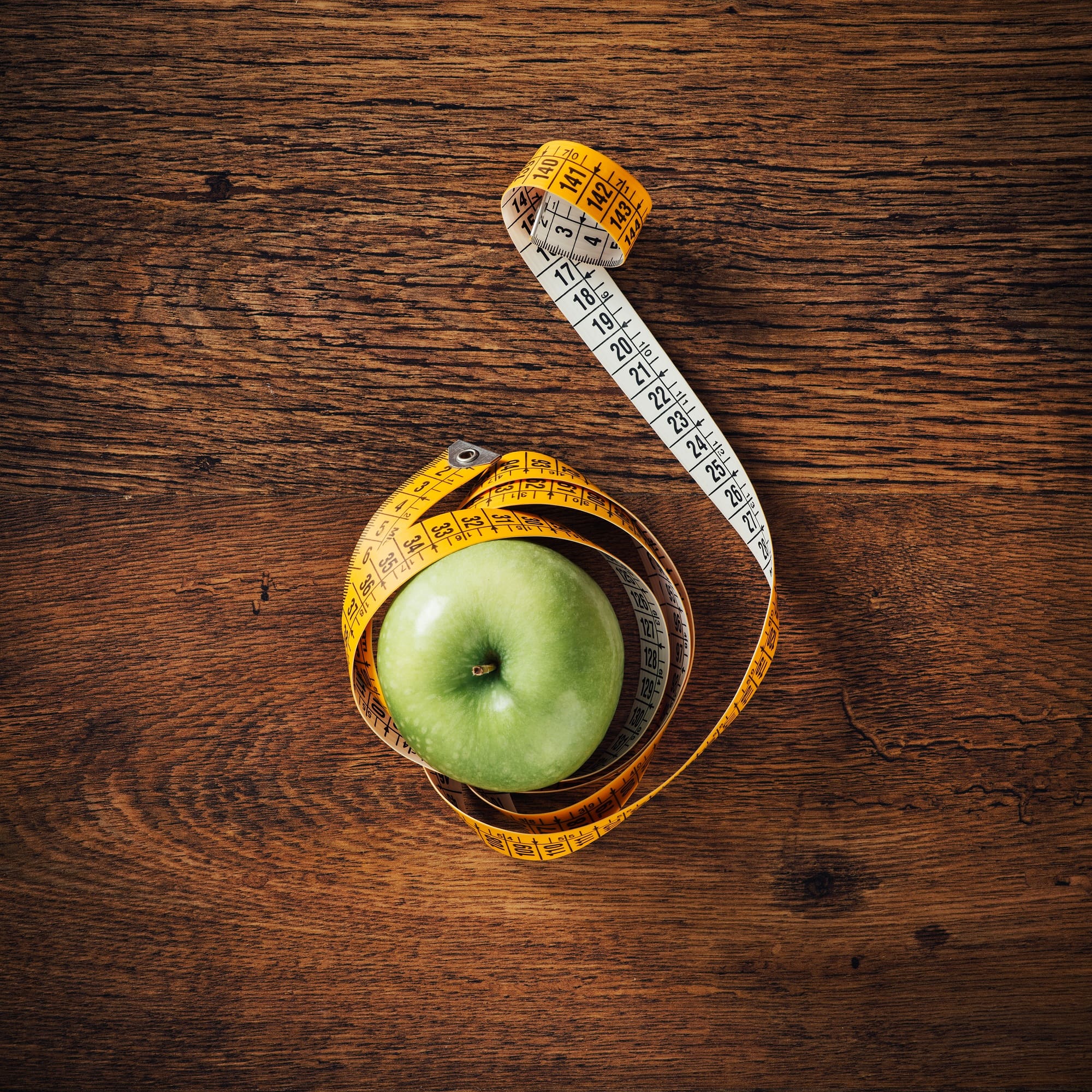Between meals, hunger pangs can derail even the most well‑intentioned diet. Reach for the wrong snack—a handful of chips or a sugary granola bar—and you may find yourself spiraling into overeating by dinner. But with a few simple principles and go‑to snack ideas in your back pocket, you can curb cravings, keep your energy steady, and stay on track with your weight‑loss goals. In this guide, we’ll explore why smart snacking matters, break down the key components of a satisfying mini‑meal, share 10 nutrient‑dense snack ideas, and offer practical tips to make healthy snacking effortless.
Why Smart Snacking Makes a Difference
The Three Pillars of a Power Snack
Every effective snack combines:
Protein (5–10 g): Keeps you full longer by slowing digestion and stimulating satiety hormones.
Fiber (3–5 g): Bulks up the snack—without many calories—further promoting fullness and steady glucose release.
Healthy Fats (3–7 g): Adds flavor, mouthfeel, and additional satiety, while helping your body absorb fat‑soluble vitamins.
Aim for snacks around 150–250 calories. This range provides enough fuel to bridge meals without sabotaging your daily calorie goals.
10 Nutrient‑Dense Snack Ideas
Practical Tips for Consistent Snacking Success
Pre‑Portion Snacks: Divide nuts, veggies, and yogurt into single‑serve containers when you get home from the store.
Keep Healthy Options Visible: Place fruit bowl on the counter and snack containers at eye level in the fridge.
Plan Ahead for Busy Days: Pack your snacks the night before—no excuses when you’re rushing out the door.
Pair with Beverages: Sip water, herbal tea, or sparkling water alongside your snack to enhance satiety.
Listen to Your Body: Snack when genuinely hungry, not just bored or tired. Ask: “Is this physical hunger, or an emotional craving?”
Wrapping Up
Smart snacking isn’t about strict rules or bland diet foods—it’s about combining protein, fiber, and healthy fats in creative ways that satisfy your taste buds and fuel your goals. By building a repertoire of go‑to snacks and adopting a few prep habits, you’ll keep hunger in check, maintain steady energy, and avoid the dreaded “hanger” that leads to poor food choices. Start experimenting with the ideas above, tune into what your body truly needs, and watch as these mini‑meals become indispensable allies in your weight‑loss journey.
Frequently Asked Questions
How often should I snack?
Aim to snack every 3–4 hours between meals, or when your hunger level reaches about a 5 out of 10 on a hunger scale. Avoid unnecessary grazing.
Can snacks replace meals?
Snacks should bridge the gap between meals, not replace them. If you’re frequently eating full‑sized snacks, consider increasing your meal portions or meal frequency.
Is it okay to snack after dinner?
It’s best to finish eating 2–3 hours before bedtime. If you’re genuinely hungry, choose a light, protein‑rich snack (e.g., cottage cheese).
How do I stop snacking out of boredom?
Identify emotional triggers. Before snacking, drink a glass of water, go for a short walk, or engage in a non‑food activity to see if hunger subsides.
Are protein bars a good snack choice?
Choose bars with minimal added sugars and at least 10 g of protein and 3 g of fiber. Read labels carefully—many so‑called “protein” bars are just candy in disguise.
Can I snack on fruit alone?
Fruit is healthy, but pairing it with protein or fat (e.g., apple + nut butter) balances the snack and prevents quick blood sugar spikes.
How many calories should a snack be?
Shoot for 150–250 calories. This range provides satiety without significantly impacting your daily calorie allowance.
What if I’m always hungry no matter what I snack on?
Review your meal composition: ensure each main meal has sufficient protein, fiber, and fat. If hunger persists, you may need slightly larger meal or snack portions—listen to your body.








Leave a Reply